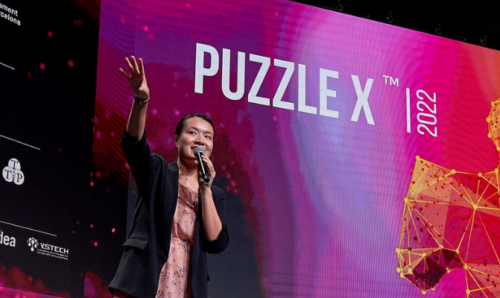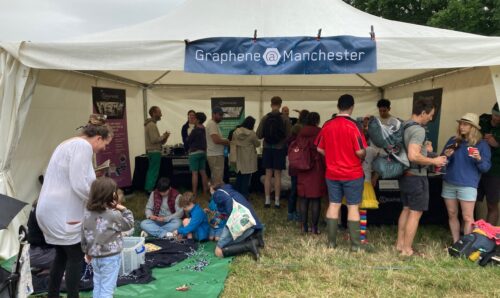A day in the life of a research technician
Applications Graphene Engineering Innovation Centre 24 September 2018
Nathan Feddy, a Research Technician at the Graphene Engineering Innovation Centre (GEIC) at The University of Manchester talks us through a typical day commissioning equipment at the University’s second building dedicated to graphene and 2D materials research due to open at the end of 2018.
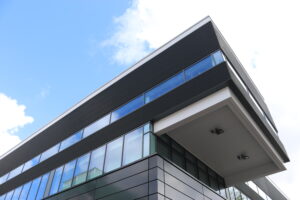
The first three months working for the GEIC have been absolutely fantastic. All of the ‘GEICs’ (pronounced like geek) are incredibly friendly, enthusiastic and intelligent. The atmosphere is one that promotes both the bouncing of ideas off each other and encourages active collaboration on very exciting projects.
‘Graphene at Manchester’ invests a significant amount in its employees’ professional development; offering numerous training courses and work trips. I was fortunate enough in my second month to represent the GEIC at the Farnborough Air Show with the Business Development Manager Dr Nicholas Gowland and my fellow Research Technician (soon to be Dr) Tim Wilderspin (both phenomenal guys).
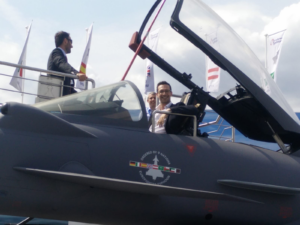
The GEIC is still in the installation/commissioning phase, and it is the responsibility of the technical staff to ensure that the facility is fully functional in time for the first wave of industrial clients.
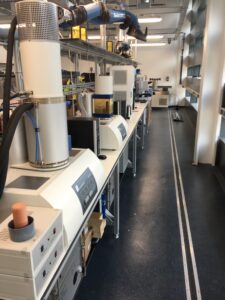
With eight main shared-space labs focusing on characterisation, composites, energy storage, membranes, coatings and others, you can imagine how many different pieces of high-end analytical and processing equipment need installing.
The current role of the technical team is to work with the equipment suppliers’ commissioning engineers to install everything in a timely manner. This has resulted in my following daily schedule, however this will change significantly once the building is up and running.
07:00: Alarm rings (Standard iPhone tune).
Depending on the day’s schedule, my alarm is set between 6.45 and 7.15. I start the day by picking up my phone and glasses from the bed side table and checking the news on several apps. After I have exhausted all of the interesting articles, I hop out of bed.
I normally wear a Graphene-branded polo shirt and sports jacket with chinos however I do occasionally opt for a casual shirt.
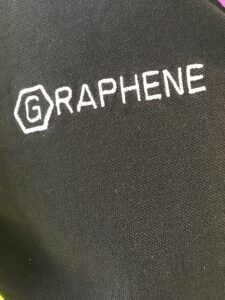
08.05: Lanyard On, Shoes On, out the door.
I have never been a breakfast person, so the next step is to put on my Lanyard and shoes and leave the house. This normally takes a few minutes because my labrador Archie likes to move my shoes.
08.20 – 08:45: Commute to Work.
Fortunately I can either jump on the Piccadilly or Altrincham Metrolink line so my wait isn’t normally longer than a few minutes. I get off the tram at Market Street or Piccadilly Gardens depending on the line. After a cheeky 5-minute walk across town I arrive at the airlock doors of the GEIC.
08.55: Coffee and Team Brief.
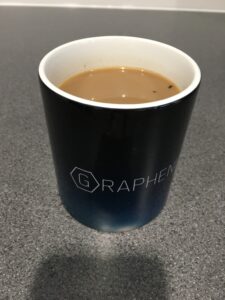
After a quick trip to the kitchen to make a coffee (milk, one sugar) in a Graphene-branded thermo chromic mug, we have the tech staff brief meeting.
Dr Phil Hirst (Technical Services Manager) talks us through the equipment due for delivery/installation that day. Phil and I both studied for a degree in Metallurgy and Material Engineering at the same University so we often reminisce about our times there and our previous projects.
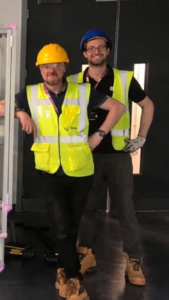
09:00: Engineer Greeting and Personal Protective Equipment.
If equipment is being commissioned that day I walk down to the entrance, greet the engineer and bring them upstairs to the office. As some of the laboratories are still under construction, half of the building is technically a building site. We therefore provide PPE to the engineer, escort them through the high bay area and into a lab which has been set up specifically for commissioning.
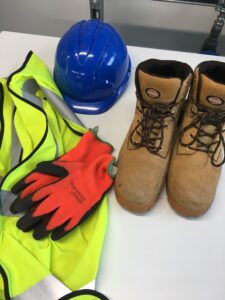
09:30 – 17:00: Equipment Inventory and Set Up
We unload the equipment using an overhead crane or fork lift, open the boxes/crates (sometimes with crow bars), and take an inventory of all the components. If the equipment requires process gases or specific connections we provide these to the engineer and help them commission the equipment.
Depending on how long the equipment takes to install, we may have some preliminary training immediately afterwards to learn how it is used and maintained. If the engineer’s time is limited, we may reschedule the training for a later date.
Any spare time that we may have during the day is normally used to discuss potential ideas/projects that we may want to explore and how to cater for the needs of prospective clients. Everyone is incredibly excited for the day that the facility is fully functional and we are able to start making a greater impact on the advanced materials sector.



